Written by R. Ann Parris on The Prepper Journal.
Emergency food bars are commonly talked about in the prepper and survivalist world as an alternative to meals and a bug-out bag item, but they also have a lot of value in boosting calories, which can be low on a beans-and-rice diet and in a lot of the food packages available for long-term storage. There are already endless reviews on individual five-year ration bars. Here I want to do a side-by-side comparison between the most common to help narrow down choices, and weigh them against a handful of supermarket alternatives.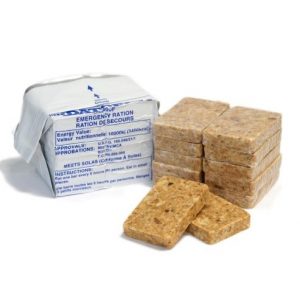
Planks of Blocks & Packs of Shingles
Most ration bars come in two formats, with very similar packaging. It’s either big blocks of bricks that we break (saw) apart into serving cubes that are about 2×3”, or thinner bars or shingles.
Most portions are about 400 calories. Datrex’s bars are 200 calories, but they call for two per serving. Most of them recommend 1200 calories daily for survival on land. One of the newer options, Tac-Bars, provides for more – each of their one-day packs is three 833-calorie servings.
Mayday, Mainstay, ER, UST, and Grizzly are big flats with scored cubes. Tac-Bars are also scored planks, but break (easily) into thick bars instead of cubes.
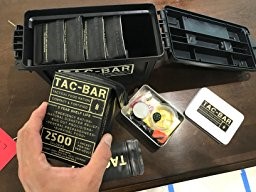
The original SOS Food Labs bars are the size of a king-size candy bar (or old First Strike Ration’s shortbread dessert bars, if you were around for those). So are their Millennium bars (sold as 400-410 calorie singles). Datrex bars are thinner and nearly square. Those all have individually packaged portions. You’ll still likely want zip-bags for the additional portions of the SOS and Datrex bars. The cellophane usually isn’t robust.
One packaging standout is the ER plank o’ cubes. It has a zip-close bag. Most of the outer packaging is tear-open foil (Tac-Bars: Mylar). Once opened, they don’t reseal.
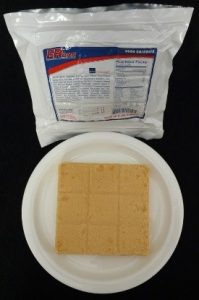
You will want a blade to open all these rations. If you’re portioning the planks evenly (multiple users), you might also note how often reviewers pull out a decent knife and a cutting board.
Solo or in company, another factor is that the longer these things are open, the harder they become – to eat, and to break. So, there’s convenience to the pre-portioned rations (and Tac-Bar’s ease and servings-per-package), but there’s also a practicality aspect.
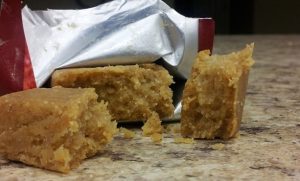
Texture & Taste
Taste is hugely personal, as is our sensitivity to chemical smells/flavors. Texture is relative, but most of these guys are hard and very dense in a way that cannot really be appreciated until you’ve had your hands and teeth on them (Exceptions: Datrex & Tac).
I actually like the Mayday apple-cinnamon flavor (bare hits of apple-cinnamon), but it’s pretty powdery – cloggingly as you go. I also like the shortbread-meets-graham-cracker flavor of UST bars. I find SOS bars very similar to the old FSR shortbread bar. They’re hard, but they’re more manageable due to the shape, and the mild flavor works for me.
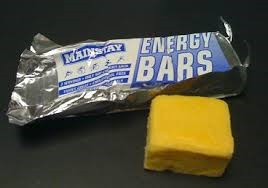
To me, Grizzly and Mainstay are indistinguishable. They’re supposedly lemon, but taste more like that stage where you’ve creamed butter/shortening and sugar for cookies. It’s very gritty-sugary sweet, and very dense.
Full disclosure: I did not make it to the only-bars testing for Mayday – Three days of nibbling one cube throughout the day with normal foods otherwise was already too much for me 10-15 years ago. I pushed through one Grizzly 400-cal cube about a year ago, and it was so similar I refused to play.
For comparison: I can manage 5-day 2000-cal trials on rotating Pop-Tarts (eek), FSR/MRE turnovers (blech), and FSR/MRE chocolate-banana muffins (yummy). Supermarket birthday cake and ice cream don’t faze me. It’s not like I’m that gourmand/spoiled/sensitive.
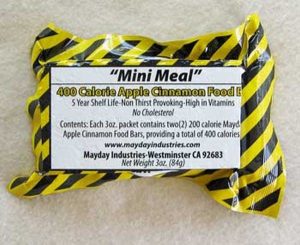
The Mayday single-serve option is very closely akin to Millennium bars. They’re both still hard and brittle, but because it’s a much thinner bar instead of a cube, it’s way easier to eat.
Millennium bars are little sweeter than Datrex, SOS, or Mayday, but not over into the “too sugary” category that Mainstay and Grizzly fall into for me. I can’t actually identify most of the flavors, but some variety versus “exact same again” is a positive. There’s almost a graham cracker taste under all of them. The flavoring is mostly just fruity-floral hints, so even flavors I wouldn’t normally like don’t bother me.
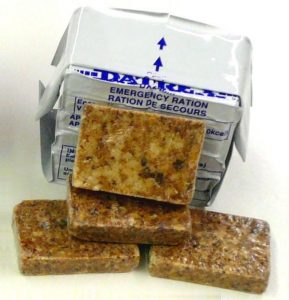
Datrex is a much softer kind of bar; crisp, not hard, as easy to bite as a Vanilla Wafer. It’s not nearly as textured as those colored blobs make it appear, sadly. It’s uniformly very fine crumbs. It smells like coconut, but it doesn’t really have much flavor at all. There’s a waxy mouth coating that lingers, but it doesn’t bother me.
I drink far less water just consuming these than any other ration, which is a big “pro”. Plus, we can all still consume caffeine on 3-5 day trials with them, no tummy upset. (That’s an enormous “pro” to us and those around us … maybe less so for others.)
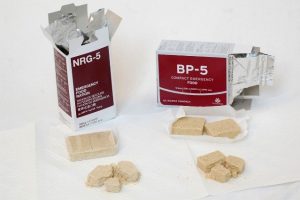
*Datrex only somewhat looks like the European BP/NGR types; it doesn’t taste like them. Although, I actually like those. And so do the pups. And they have pretty good packaging and texture … with any luck MRE Mountain or American Amazon will carry them soon.
Heading the opposite direction entirely is the Tac-Bar. It’s very mild, more akin to UST or SOS bars in flavor, but it’s somehow chewy with the crumbly. Think … half-dried modeling clay or brown-sugar shortbread that’s pulled out before it’s hard. It’s another mild flavor, and reminds me of the old military compressed cereal bars, but softer. It has more textures than the other bars.

Nutrient Priorities
I don’t much sweat vitamins and minerals in ration bars. They’re for add-on calorie boosts or short-term use. Unless somebody is chronically, dangerously low on something, it’s a non-issue for 2-7 days. I’m after edibility and total calories, fats, and proteins. I do sweat, so the sodium isn’t a big deal to me, either.
If you care, Tac-Bar crushes it on the nutrients – 80-100% or higher on DRVs with their 2500-cal serving suggestion.
They also win on protein – 8.64g per 400 calories (18g per 833-calorie portion). SOS’s original and Millennium bars both pace them (8g per 400 cals), with ER bars right behind at 7g/400cal.
Sadly, Tac-Bars are only available in a $70 kit. They average out to be $0.55-0.60 per 100 calories, compared to $0.18-$0.30 per 100 cals for the other rations – that’s calorie-to-calorie, not serving size. You can re-evaluate subtracting values for all the stuff that comes with it, if those would be additional purchases. I don’t need a new wallet tool, hooks, or button compass with every five ration packs.


Seniors, Kids, & Injuries
Datrex and Tac both have something the others lack: the ability to easily bite. That applies to toddlers, denture-seniors, or gap-toothed grade-schoolers, as well as the ill who already don’t feel like eating. It would suck to invest in foods that the people we most want to take care of can’t eat.
It can also apply to getting socked in the jaw, nursing a hand or wrist injury, coming out of dental work, or other situations. We’re preppers. Prepare for bad things to happen at bad times.

You can absolutely chop/saw to cube most bars and turn them into a mush with water. That requires also packing a container and spoon. There’s a lot more effort there (and risk of knife injury) than using a hand to crumble and snap Datrex chunks, or working off little pieces of the chewier Tac versions.
The milder bars are also a major consideration for those who do not typically start and end their days with a sugar rush and sugar-ill tummy.
Tummy Troubles
Speaking of tummies… ours need fiber. Most service members on MREs for a few days will warn you about fiber. Funnily enough, of the 7-10 adults age 25-60 who have repeatedly tortured themselves with us on these 3-5-day challenges over the years, none get MRE syndrome. Half, however, have tummy troubles in the complete opposite direction.
This is a biggie. Not only are you losing precious calories and fluids when you’re ill, a “trapped” scenario is a bad time for tummy issues, either way. A stealth/speed packing scenario is a really, really bad time, too.
So, pack Imodium and ExLax in your kits if this is your primary travel/emergency food, not just a calorie booster.
Seriously, tummy troubles suck as an adult on deployment, camping, or in regular life. Stomach illnesses put packers, campers, ocean-going boaters, seniors, and kids in very serious conditions very quickly from electrolyte loss and dehydration. Again, preppers here – prepare for it.
Alternatives
Some alternatives to emergency ration bars that I see recommended are even pricier than Tac-Bars. It’s hard to find ready-to-eat options that can repeatedly fluctuate from 20-120 degrees and still offer 5-year shelf lives, I get it. However, there are plenty of supermarket items that can easily handle 2-3 years (or more) in ugly freeze-boil conditions, pretty inexpensively. They also offer texture and flavor options to add to ration bars without much more space or weight.
Lance’s peanut bars are one. They’re $3-4 per 6-pack at Walmart, each 360 cals, 160 from fat (a good thing in survival), 13g protein, 19g sugar, and 3g fiber (total nulls on vitamins). That puts them $0.14-$0.19 per 100 cals. *The Planters peanut and “Big Nut” bars are way lower in my priority categories.
Nature Valley makes some brittle-type “nut crunch” bars that range $3-4 for 6 bars, each type around 190 calories (120 from fats), 6g protein, 3g fiber, and 160mg sodium for $0.26-0.35/100 calories.
BelVita’s regular biscuits are $3/5pack, averaging 230 cals (70 fat cals), 3g protein, 55mg sodium, 3g fiber, and some minor vitamins ($0.27/100 cals). *There’s a 10g-protein belVita, but it’s $0.83/100 calories.
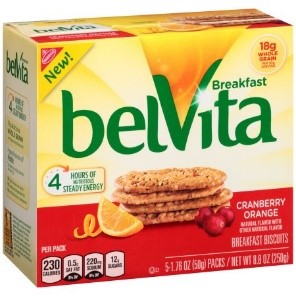
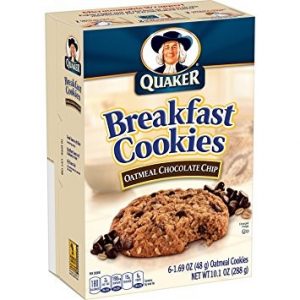
Quaker makes a set of breakfast cookies, too – $3/5-pack, 180 calories, 3g protein, 2.5g fiber, 140mg sodium ($0.34/100 cals). Their original soft breakfast cookies range $3-4 per 6-pack, 180 cals, 3g protein, 5g fiber, 190mg sodium ($0.28/100 cals).
Regular Nature Valley granola bars aren’t powerhouses, but with regular packs for $1-2 at discount stores, they become a very viable option as an emergency food for 2-5 days, and store 2-5 years.
For that matter, Toast’ems (Pop-Tarts) at Dollar Tree are 200-220 calories each, 4-6g protein per pair, and a buck for six. Yeah, they need rotated more often. Nutritionally, though, they’re not so different from many emergency ration bars.
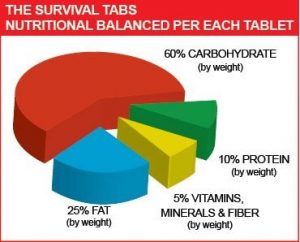
We can also head entirely different directions. Calorie/nutrient tabs are one option. Protein and energy gummies intended for hikers and athletes are another. Other options include DIY ration bars (not hardtack – hardtack has to soak).
The options are pretty endless, as add-on boosters or as primary rations. Whatever we opt for, make sure it’s not in competition with our other water needs, and that everybody we’re preparing for can eat it. When you run trials and samples, make sure they’re in the same proportion they would be in an emergency – all day, 3-5 days if that’s the goal.
Follow The Prepper Journal on Facebook!
The post Ration Bar Roundup (And Alternatives) appeared first on The Prepper Journal.
from The Prepper Journal
Don't forget to visit the store and pick up some gear at The COR Outfitters. How prepared are you for emergencies?
#SurvivalFirestarter #SurvivalBugOutBackpack #PrepperSurvivalPack #SHTFGear #SHTFBag

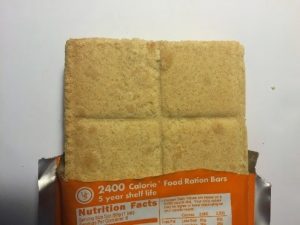
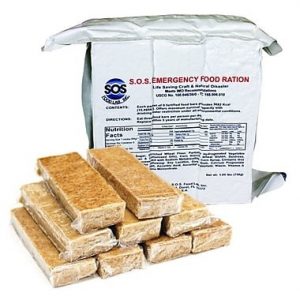
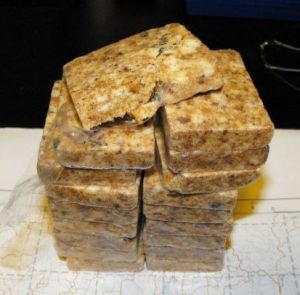
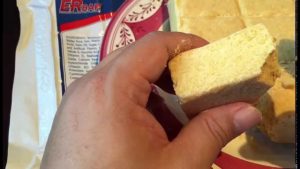
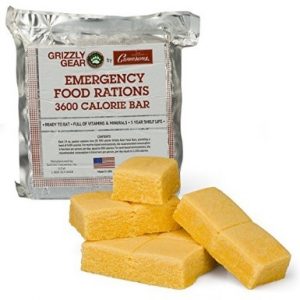
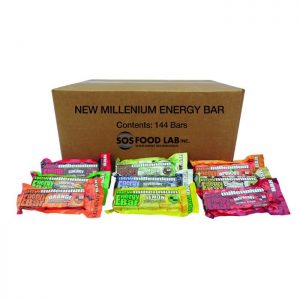


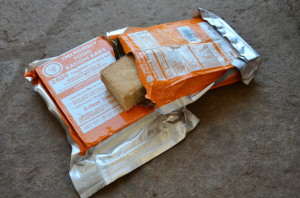
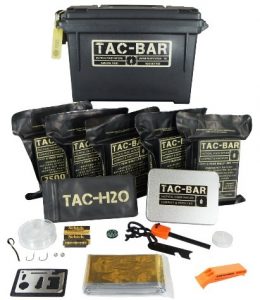

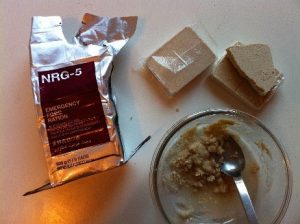



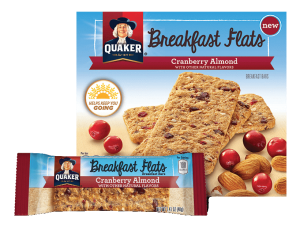
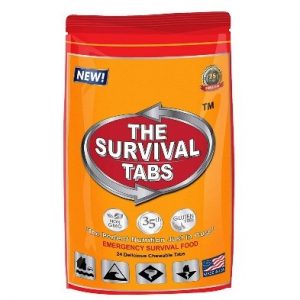
No comments:
Post a Comment